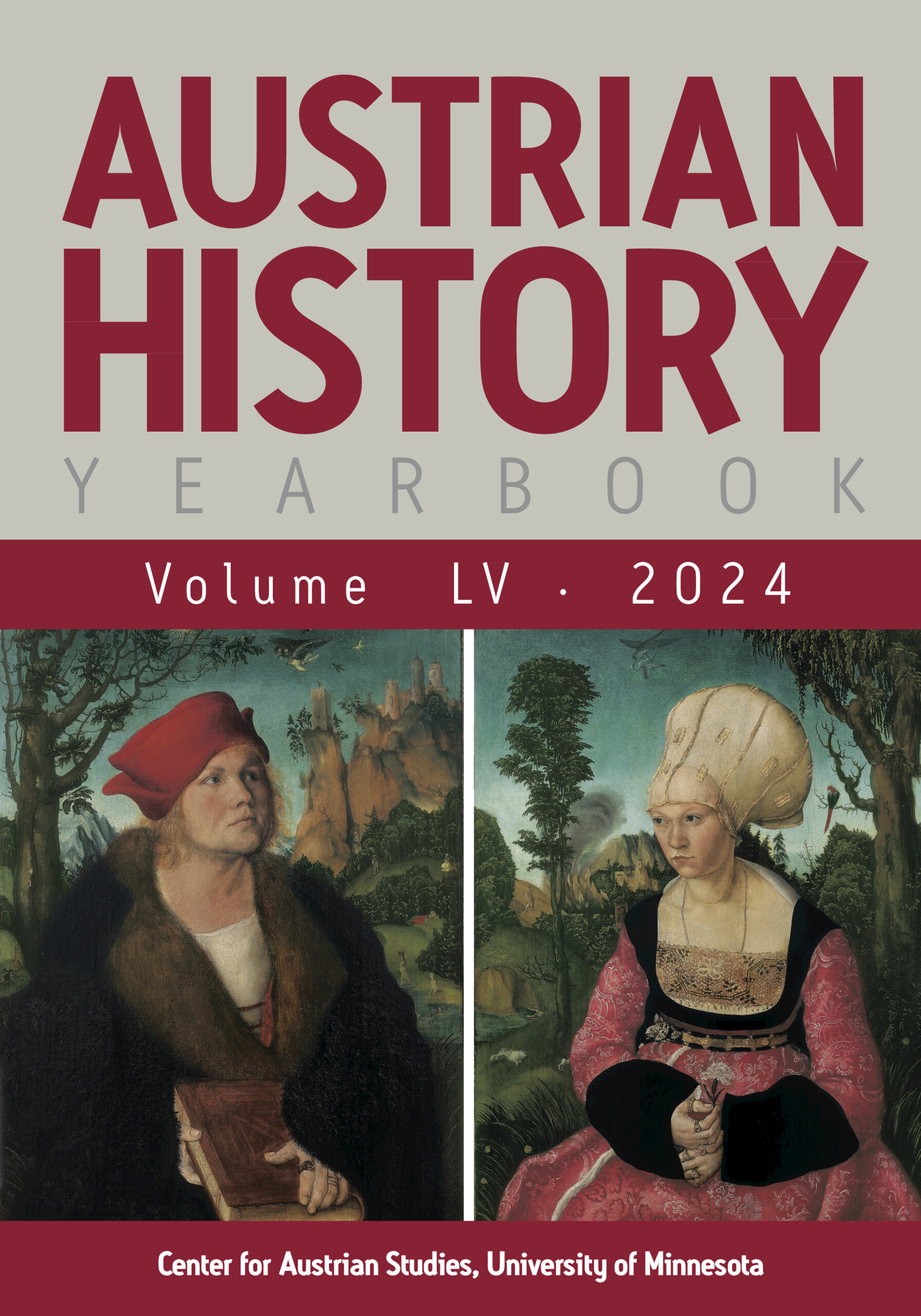What prompted the late nineteenth-century shift in anti-Jewish sentiment from the pulpit to the political realm across Central Europe? Why and how did the impulse to attack Jews morph from religious to economic to racial criteria? Tim Buchen addresses this progression in his newly revised and translated work, Antisemitism in Galicia: Agitation, Politics, and Violence against Jews in the Late Habsburg Monarchy, focusing especially on the years around the turn of the twentieth century in Austrian Galicia. Buchen's richly contextualized account traces the confluence of ritual murder accusations, violent pogroms, and the rise of public speech attacking Jews across Habsburg territory, assessing how exclusionary agendas eventually made their way into imperial political formations. Importantly, he places the 1898 summer of mob violence in western Galicia at the center of his story, proposing fresh insights about these frenzied attacks on small-town Jews.
Buchen considers three interrelated arenas of anti-Jewish activity: the public sphere of crownland publications, crowd violence on the market square, and the formal political realm, where anxieties about Jewish interlopers were eventually leveraged to mobilize voters. The narrative begins with the 1867 passage of the Jewish emancipation decree in the Galician Sejm, an event Buchen views as gesture of inclusion on the part of Polish liberals aiming to assimilate Jews. Yet the law came at the dawn of a new era of Polish dominance in crownland politics, setting off a chain of anti-Jewish rhetoric among leading intellectuals and politicians, including the fiery populist priest Stanisław Stojałowski and the socialist organizer Bolesław Wysłouch. Here and elsewhere, Buchen revisits key figures and events in Galician history, pulling on the anti-Jewish thread to highlight the ways inflammatory rhetoric was instrumentalized to drive wedges between social and political groups. The invitation for Jewish assimilation came with a deadly twist, he shows, especially after the pogroms that lit up the Russian Empire in 1881 forced thousands of Jews to flee to foreign shores. Polish nationalists like the painter Jan Matejko encouraged “Hebrew” students to leave Polish soil if they could not commit fully to the national vision. Suddenly, Buchen argues, forced emigration became an alternative to solving the “Jewish Question” at home, making way for violent outbreaks when Jews refused to either fit in or flee.
Buchen's reading of the second phase of the Galician antisemitic trajectory, that of mob attacks on rural Jews, is a tour de force in grappling with the seeming irrationality and spontaneity of crowd behavior. Here Buchen promotes a theory of collective violence, reading it as a dramatic script in which specific roles assigned to particular actors (perpetrator, victim, etc.) helped make the action more predictable. Central to this logic is the importance of rumor in mobilizing and legitimizing attacks, providing justifications for further plunder as reports of Jewish perfidy appeared in the local press. Buchen is a master at recounting personal stories that evoke the intimacy of neighbor-on-neighbor bloodletting, demonstrating the ways village life became painfully politicized in the process. Unusually, he is also careful to represent victim responses, emphasizing Jewish appeals for Christian help in hiding property or substituting as tavern managers. Jews lacked neither authority nor friends, and the attempts at plunder did not go unpunished, he demonstrates. Finally—and perhaps most tellingly—Buchen outlines the layered response of local and imperial authorities to the months-long conflagration. In his final section on the aftermath of the riots in Habsburg legislative bodies, Buchen reveals a deep understanding of Austrian political culture, with its antiquated emphasis on honor and frequent resort to duels. He reminds us that in an era of popular political mobilization, antisemitism became a tool for simplifying complex realities, turning Jews into “threatening others” in an attempt to affect voting patterns. Over time, a particular vocabulary was wound into political rhetoric, helping to shape new discursive national communities, bounded by hostile Jewish outsiders. By the early years of the twentieth century, with the advent of universal manhood suffrage, Buchen depicts a changed political landscape in which anti-Jewish agitation and boycotts drove peasant parties into alliance with upper-class Polish nationalists, and Jews were forced into greater cooperation with one another.
Buchen is quick to reject the fin-de-siècle Galician pogroms as a direct precursor of the Holocaust era “hunt for the Jews” in the same region. Rather, 1898 effectively delegitimized violence, he argues, because local Christian residents were ultimately punished for their actions, with many suffering economic consequences through the loss of businesses. The events of 1898 for Buchen thus mark the consolidation of antisemitism as primarily a political device rather than a force for collective violence. Yet, in some respects the author's conclusions may not be borne out by the evidence. Buchen characterizes peasant politics as transformed by the summer of violence into a distinctly antisemitic movement. Nonetheless, smallholders also continued their aggressive campaign against gentry political dominance, encouraging peasants to elect their own to combat the inequities remaining from serfdom times. The discourse surrounding the birth of populist-inspired agricultural cooperatives, credit unions, and Christian stores was certainly laced with disparaging remarks about Jewish competitors, but class-based animosity also remained central to the movement's agenda. In other words, there is a reading of post-1898 events that sees them as continuous with a social dynamic already existing within the imperial context rather than as a sharp realignment introduced by tensions between Jewish and non-Jewish populations. In the end, Buchen paints leading populist figures with the brush of antisemitism, but he too often allows this epitaph to stand in for a much more variegated set of goals and strategies. He is, however, correct in arguing that the early years of the twentieth century were a time in which individuals were increasingly conceived as members of biological collectives and that Jews struggled to find a foothold in this new nationalist political setting. Buchen's sophisticated and highly original study is an important reminder of the intractability of this modern sociopolitical reality.


